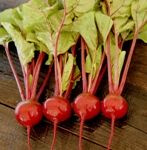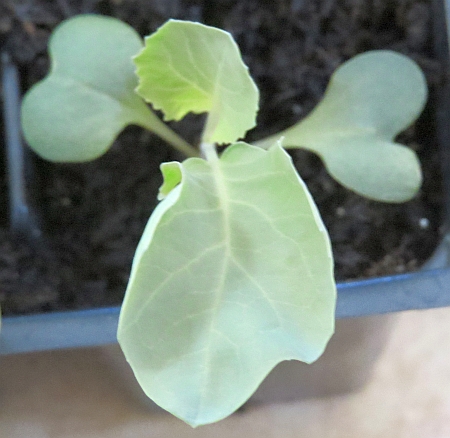What a winter. It seems like it might never end in many areas. It’s nice to day dream about cool weather gardening while the garden is still covered in snow and weeks away from thawing.
Cool Weather Gardening
Homesteader Supply has a long list of cool weather gardening seeds. You can wait until the ground is ready to plant, and you can start some of your seeds indoors to get a jump start on the growing season. Seeds started six to eight weeks before the soil is ready for transplants gives you plenty of time for germination, transplanting into containers, and growth. You want your seedlings to be well developed without being root bound. Transplant shock is minimized when the roots aren’t too heavily disturbed.
Beets can be seeded a few weeks before your average last frost date. There are multiple seeds in each cluster so be sure to plant them at least two inches apart, and be ready to thin when the time comes.
Broccoli, Brussels sprouts, cabbage, cauliflower, Pac Choi, kale, lettuce, peas, radishes, spinach and turnip are cool weather plants. If a seed package says “sow as soon as the ground can be worked,” take that to heart. The ground can be worked when you squeeze a fistful of soil and it crumbles when you let go. If water drips from the soil or it forms a mud ball rather than crumbling it needs a bit more time to drain. Planting in soil that’s too wet can cause a loss of seeds by rotting in the cold soil, and by crusting. If the soil crusts as it dries the cotyledons will have a hard time breaking through. Better to wait a bit longer than lose seeds and have to replant.
Broccoli, Brussels sprouts, cabbage, cauliflower, Pac Choi and kale are great seeds to start indoors to have ready for transplanting. Cauliflower isn’t quite as cold hardy as the others in this list and should be started indoors for early spring transplanting. Start cauliflower seeds two to three weeks later than the others to give the ground more time to warm. When plants are stressed by cold or heat the heads might take on a pink to purple tinge.
Cool weather plants don’t have to be grown only in cool weather. When your peas are spent you can toss the plants into a compost bin, amend the soil, and plant again. You’ll want to time this so that plants blossom after the hottest part of summer. Most cool hardy plants won’t be affected by a light frost, and for some, like peas, a day under the late fall snow will be just fine.


